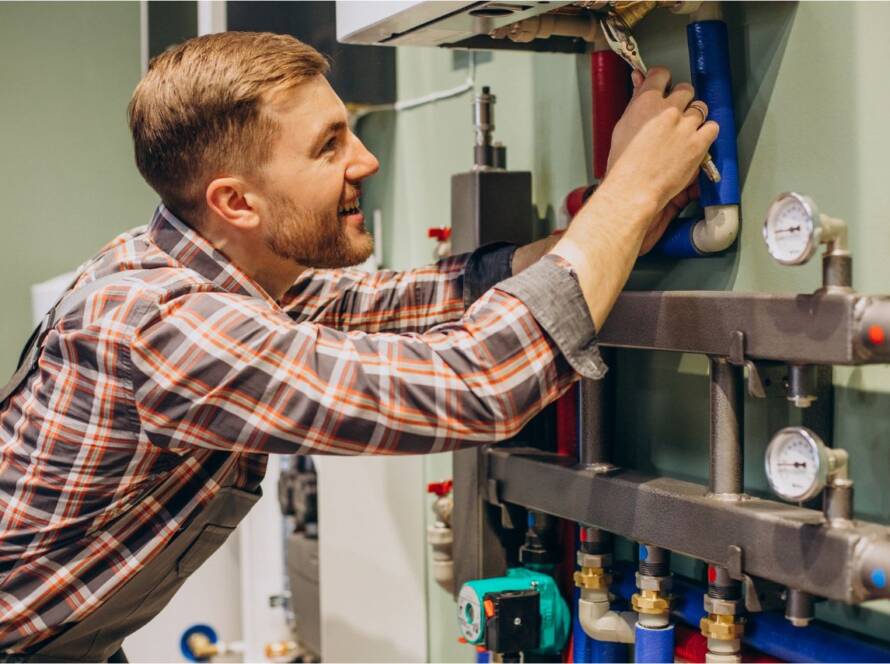Around the world, builders and designers are looking for ways to use fewer resources and cause less pollution, so green construction is climbing rapidly in popularity. This move would stall without the heating, ventilation, and air conditioning system, or HVAC. Comfortable rooms, low bills, and cleaner outdoor air all depend on HVAC, and the latest smart editions push those benefits even further.
The Evolving Role of HVAC in Sustainable Design
In average, HVAC equipment eats up 30 to 50 percent of the energy a building needs, meaning poor design can send utility bills and carbon counts through the roof. That reality has led engineers to rethink every part of HVAC, from smaller ductwork and heat-recovery fans to rooftop heat pumps and possibly carbon-removing chillers. The goal is to do more with less: stay cozy, breathe fresh air, waste few watts, and shrink the building’s planet footprint.
Smart HVAC Systems: The Future of Green Buildings
Modern HVAC systems now come packed with built-in sensors, machine-learning brains, and secure cloud links that turn them into smart networks. These setups quietly track who is in a room, measure outside temp, and even follow drifting clouds, then adjust heating, cooling, and ventilation on the spot. Because they work in real time instead of sticking to old timers, they slash energy waste, trim utility bills, and keep people feeling comfy, showing that caring for the planet and for ourselves can go hand in hand.
Some of the key benefits include:
– Optimized energy use through automatic system controls.
– Predictive alerts for maintenance and fault finding.
– Easy sign-on with existing building management systems.
– Smarter air flow delivers cleaner indoor air.
Focus on HVAC Installations in Dubai
When summer temperatures soar, good cooling can feel like a lifesaver. In Dubai, that reality is driving a wave of smarter HVAC installations. Under the Kingdom’s Vision 2030 plan, decision-makers want green, energy-saving buildings, so advanced climate systems have moved to the head of the line. Many of these setups feature high-efficiency compressors, solar-ready modules, and demand-based ventilation that help snag green-building certificates.
Air Purification & Filtration Systems-Improving Indoor Health
Energy savings matter, but so do the people inside the building. Thats why modern HVAC nodes now almost always include air-purification and filtration packs. These add-ons scrub out dust, germs, chemical fumes, and other hidden pollutants, turning ordinary cycles into a health-first shield. The result is indoor air that feels gentle on the lungs-much safer than what many older systems leave behind.
Green buildings often use HEPA filters, UV-C lights, and activated carbon filters to clean the air inside. When these systems work together with smart ventilation, they help make homes and offices fresher and safer.
Heating, cooling, and ventilation systems are at the heart of every building’s eco-friendly plan, balancing energy savings, comfort, and clean air. Thanks to smart controls, powerful filters, and next-level HVAC setups now appearing across Dubai, the road to greener spaces looks much brighter.
Conclusion
Moving forward, putting smart, green HVAC tools in every new and older building will be key. Doing so will help meet codes, boost resident well-being, and show future generations that we can build responsibly.

